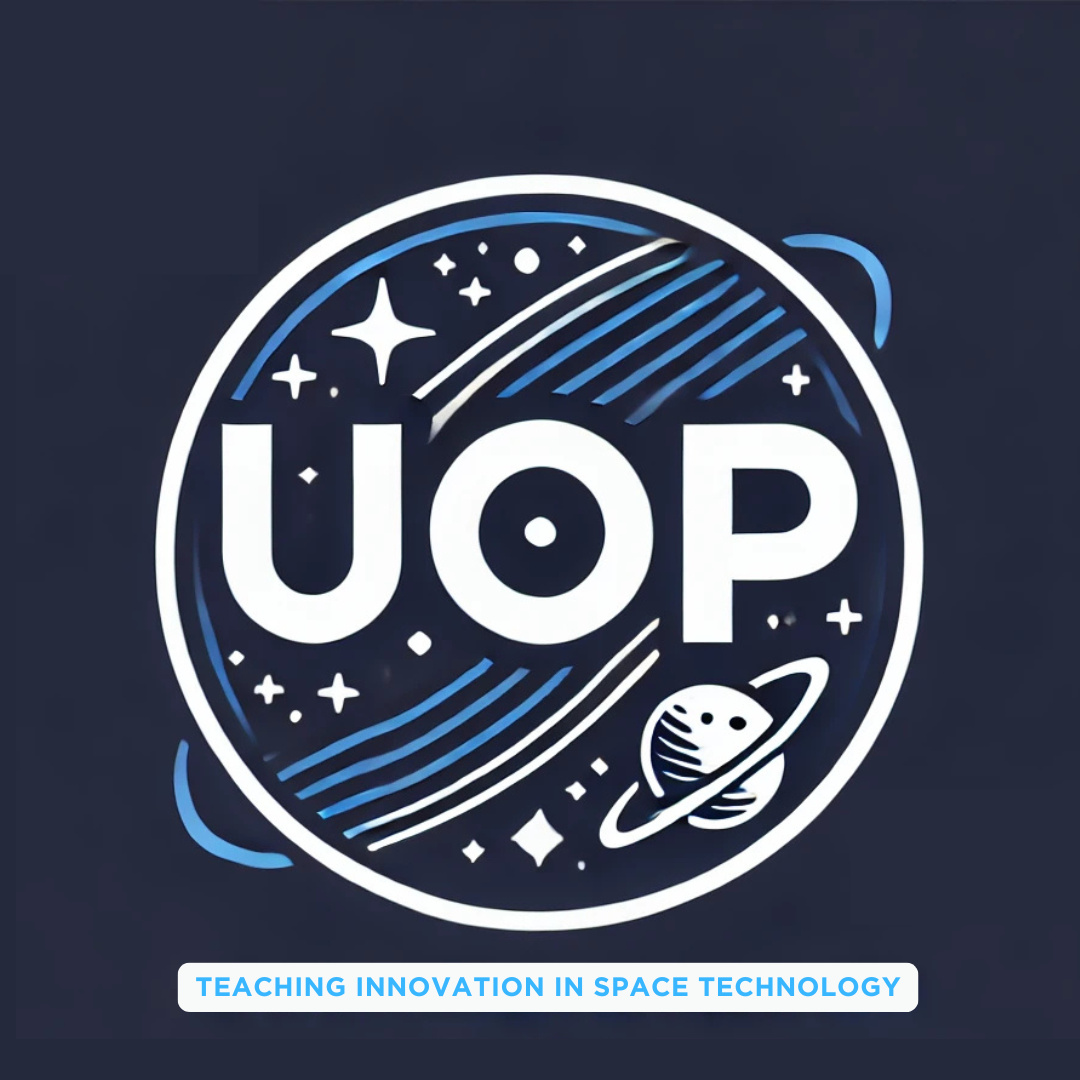TeamCity, developed by JetBrains, is a powerful Continuous Integration (CI) and Continuous Deployment (CD) server designed to help development teams build, test, and release software more efficiently. It automates workflows, improves collaboration, and integrates seamlessly with modern development stacks, making it a popular choice for teams that prioritize automation and quality assurance.
In this article, we will explore what TeamCity is, how it works, its key features, and how it compares to other CI/CD tools.
What is TeamCity?
TeamCity is a CI/CD tool that helps developers automate the build and release process of software applications. It allows teams to create automated pipelines for compiling code, running tests, and deploying software to production or testing environments. TeamCity is known for its deep customization options, extensive plugin ecosystem, and robust integration with multiple version control systems (VCS).
Core Concepts in TeamCity
- Build Configuration:
- A build configuration in TeamCity defines the steps necessary to compile, test, and package your application. These configurations can include tasks like compiling code, running unit tests, and creating artifacts.
- Projects:
- Projects in TeamCity represent a logical grouping of build configurations. For example, you might have a project for a specific software application, and within that project, different build configurations for different branches or environments.
- Build Agents:
- Build agents are machines that execute build configurations. TeamCity allows multiple build agents to run in parallel, improving the overall efficiency of the build process. Agents can be located on physical servers, virtual machines, or in cloud environments.
- VCS Integration:
- TeamCity integrates with popular version control systems like Git, Subversion, and Mercurial. It can trigger builds automatically when new code is committed, ensuring that every code change is tested and validated.
- Pipelines (Build Chains):
- Pipelines in TeamCity, also called build chains, are sequences of build configurations that can depend on one another. For example, you can create a pipeline where one build runs unit tests, another compiles the code, and a third deploys the software to production after successful completion.
Key Features of TeamCity
- Comprehensive VCS Support:
- TeamCity integrates with all major version control systems, including Git, Mercurial, Subversion, Perforce, and TFS. It can automatically detect changes in repositories and trigger builds accordingly.
- Powerful Build Configuration:
- TeamCity provides a highly customizable interface for defining build steps. You can configure build steps for compiling code, running tests, packaging applications, and deploying to production environments.
- Automated Testing and Code Quality Tools:
- TeamCity integrates with testing frameworks like JUnit, NUnit, and TestNG, allowing developers to run automated tests as part of the build process. It can also track test results, detect flaky tests, and report test performance trends over time.
- Artifact Management:
- TeamCity allows you to store and manage build artifacts, such as compiled binaries, documentation, and test results. These artifacts can be shared between builds, making it easier to reuse outputs in subsequent steps or builds.
- Parallel Builds and Scalability:
- TeamCity can run multiple builds in parallel on different agents, which significantly speeds up the build and testing process, especially in large teams. It also supports distributed builds across multiple machines or cloud environments.
- Integration with IDEs and Developer Tools:
- TeamCity integrates seamlessly with JetBrains IDEs like IntelliJ IDEA, as well as Visual Studio, Eclipse, and other developer tools. This makes it easy for developers to trigger builds, monitor build status, and review test results from their development environment.
- Cloud and Kubernetes Integration:
- TeamCity supports dynamic cloud agents on platforms like AWS, Azure, and Google Cloud, allowing you to scale your build infrastructure on demand. It also integrates with Kubernetes, enabling teams to deploy applications automatically to Kubernetes clusters.
- Dependency Management and Build Chains:
- TeamCity allows you to set up complex build chains, where one build configuration depends on the result of another. For example, you can set up a chain where a successful build triggers a deployment, ensuring that only passing builds are deployed.
- Extensive Plugin Ecosystem:
- TeamCity has a rich plugin ecosystem that extends its functionality. Plugins are available for integration with CI tools like SonarQube, Docker, Jira, and more. You can customize and extend TeamCity to meet your organization’s specific needs.
- Security and Role-Based Access Control (RBAC):
- TeamCity includes advanced security features such as role-based access control (RBAC) and authentication via LDAP or Active Directory. This ensures that only authorized users can access build configurations, agents, and sensitive build data.
- Real-Time Monitoring and Build Insights:
- TeamCity provides real-time monitoring of builds and pipelines, giving you detailed insights into build times, test failures, and code quality. It includes dashboards that offer a visual representation of build and test performance over time.
How TeamCity Fits into the CI/CD Pipeline
TeamCity is designed to automate every step of the CI/CD process, from code integration to deployment. Here’s how it fits into a typical CI/CD pipeline:
- Code Integration:
- Developers commit code to a shared repository (e.g., GitHub, Bitbucket, or GitLab). TeamCity monitors the repository and triggers a build whenever new code is committed.
- Automated Testing:
- As part of the build configuration, TeamCity runs automated tests (unit, integration, and UI tests) to verify that the new code does not break existing functionality. If tests fail, the build is marked as failed, and developers are notified.
- Code Quality Checks:
- In addition to running tests, TeamCity can be configured to run static code analysis tools like SonarQube or Checkstyle to ensure that the code meets quality standards.
- Build and Packaging:
- Once the tests pass, TeamCity compiles the code and packages the application into an executable format (e.g., a Docker container, JAR, or WAR file).
- Deployment to Staging or Production:
- TeamCity can automate the deployment process by integrating with cloud providers, Kubernetes, or other deployment tools. It ensures that successful builds are deployed to a staging or production environment.
- Feedback and Monitoring:
- After deployment, TeamCity provides feedback to the team on the status of the release. If the deployment encounters issues, TeamCity can roll back changes or trigger notifications to the appropriate team members.
TeamCity vs Other CI/CD Tools
TeamCity is often compared to other popular CI/CD tools, such as Jenkins, GitLab CI, and CircleCI. Here’s how it stacks up:
| Feature | TeamCity | Jenkins | GitLab CI | CircleCI |
|---|---|---|---|---|
| Ease of Use | User-friendly UI, easy setup | Requires more configuration | Integrated with GitLab | Simple UI, easy to use |
| Customization | Highly customizable | Highly customizable | Less customizable | Less customizable |
| Plugins | Large plugin ecosystem | Largest plugin ecosystem | Limited plugins | Moderate plugin support |
| VCS Support | Supports all major VCSs | Supports all major VCSs | Primarily Git-based | GitHub, Bitbucket, GitLab |
| Build Agents | Scalable, parallel builds | Requires manual agent setup | Automatic scaling in cloud | Scalable, parallel builds |
| Cloud Integration | Native cloud agent support | Cloud setup requires plugins | Built-in cloud runners | Strong cloud support |
| Pipeline Complexity | Supports complex build chains | Supports complex pipelines | Simple to moderate pipelines | Simple to moderate pipelines |
| Security | Advanced RBAC, LDAP support | RBAC via plugins | GitLab security features | Moderate security features |
Use Cases for TeamCity
- CI/CD for Software Development:
- TeamCity is widely used by software development teams to automate their CI/CD processes, from code integration and testing to packaging and deployment.
- Automated Testing:
- Teams that rely heavily on automated testing can leverage TeamCity’s support for testing frameworks and its ability to manage large-scale test suites.
- DevOps and Continuous Deployment:
- TeamCity fits perfectly into DevOps environments, where automation and integration between development and operations teams are essential for rapid and reliable deployments.
- Kubernetes and Cloud-Native Applications:
- Teams building cloud-native applications can use TeamCity to automate the build and deployment of their software to Kubernetes clusters, making it easy to maintain complex microservices architectures.
- Enterprise Application Development:
- Large enterprises can benefit from TeamCity’s scalability, its ability to handle large codebases, and its integration with other enterprise tools like Jira, Confluence, and Bitbucket.
Conclusion
TeamCity is a powerful and versatile CI/CD tool that supports modern development practices, including continuous integration, automated testing, and continuous delivery. Its ability to scale across multiple build agents, coupled with its comprehensive VCS integration, makes it an ideal solution for teams of all sizes. Whether you’re a small startup or a large enterprise, TeamCity’s flexibility, extensibility, and ease of use make it a strong contender in the CI/CD ecosystem.
With TeamCity, development teams can focus on writing code and let automation handle the tedious tasks of building, testing, and deploying software, ensuring faster releases and higher quality products.




